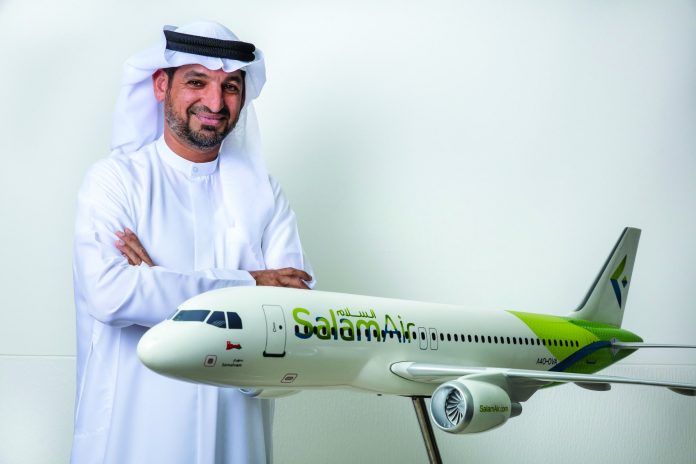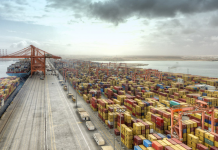The stability of fuel prices, Muscat International Airport’s new terminal reaching its full potential and other airports in Oman being able to receive more passengers will help the airlines to continue their growth plan, says Captain Mohamed Ahmed, CEO of SalamAir
What is your future outlook for Oman’s aviation sector?
It will be a good year for aviation sector in Oman, with the fuel price forecasted to stabilise and Muscat International Airport’s new terminal reaching its full potential, plus the other airports in Oman being able to receive more passengers. This all will help the airlines to continue their growth plan. As the country continue adding more hotels in 2019, we will be able to market Oman as a tourist destination throughout the year and preferred transit destination linking east to west.
What are the challenges for the industry in the years ahead?
One of the main challenges in aviation is being unable to predict our biggest cost which is fuel. If it does as per the forecast, we will be fine, but as we know oil prices are very sensitive to the political situation and news and could shoot up north without much of a pre-warning. In our business this has a huge impact on our bottom line and can easily derail us from our budget plan. Many airlines choose to hedge; but even hedging as experienced by many airlines could turn up costing much more if the fuel price head to the other direction. For SalamAir, we are monitoring the situation and we might consider some hedging if we manage to get the right deal. Then we have the political stability in the countries we fly to or intend to fly in 2019. Our hope is to see what His Majesty always call for which is peace. If that happens, then this will be great for our industry and we really hope that in 2019, we will start flying to destinations that were not available for a long time like Damascus.
Tell us about your plans for expanding fleet and opening up new destinations in 2019?
In 2019, we will be adding five more A320neo taking our fleet size to nine comparing to three when we started the year 2018. The new A/Cs will improve our passenger experience and efficiency. With arrival of the new fleet, we will open up new destinations, some of which will be the first time connecting through direct flights to Muscat like Alexandria in Egypt, plus some summer unique destinations. We will connect the rest of the GCC and increase the frequencies in many of our current destinations were we have seen an increased demand.
How do you foresee Oman’s economic growth in 2019?
2019 looks bright due to many factors. To start with, the increase in the oil prices during 2018 is expected to continue for 2019, which has a positive impact on the economy. Then many of the projects and infrastructure that has been going on will be ready in 2019 and they should start generating revenue and attract businesses, plus the political stability that we enjoy in an area that has been going through very hard times will attract more business to Oman.
How was the year 2018 for the aviation sector in general and SalamAir in particular?
Many airlines were surprised by the increase of oil prices, which was not budgeted for, this has an effect on profitability, but having said that, the traffic continued to increase and most airlines benefited from that trend. 2018 was a great year for SalamAir, we managed to stabilise our operations and achieve a much better On-time performance (OTP). We also ordered six A320neo during Farnborough with the first one already delivered and flying. In 2018, we opened many new stations; few were again being the first time to connect to Muscat and were received by the community very well like Khartoum and Baku during the summer. We also attracted new talent to our team exceeding the target of 60 per cent Omanisation and managed to form a strong team that will take SalamAir to new heights.






